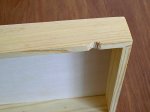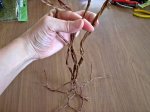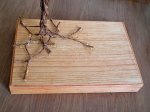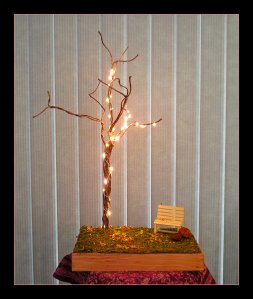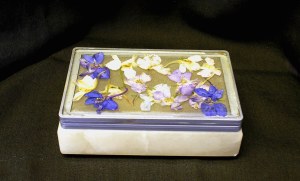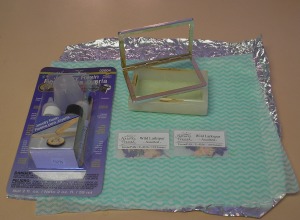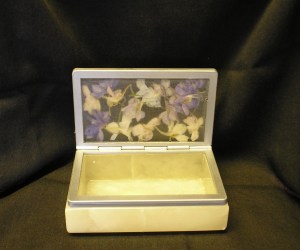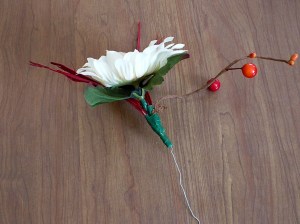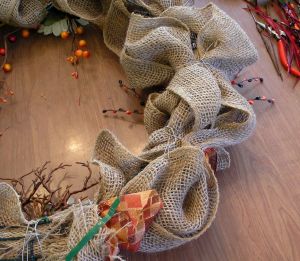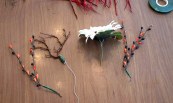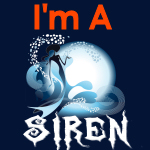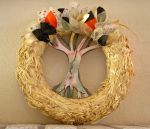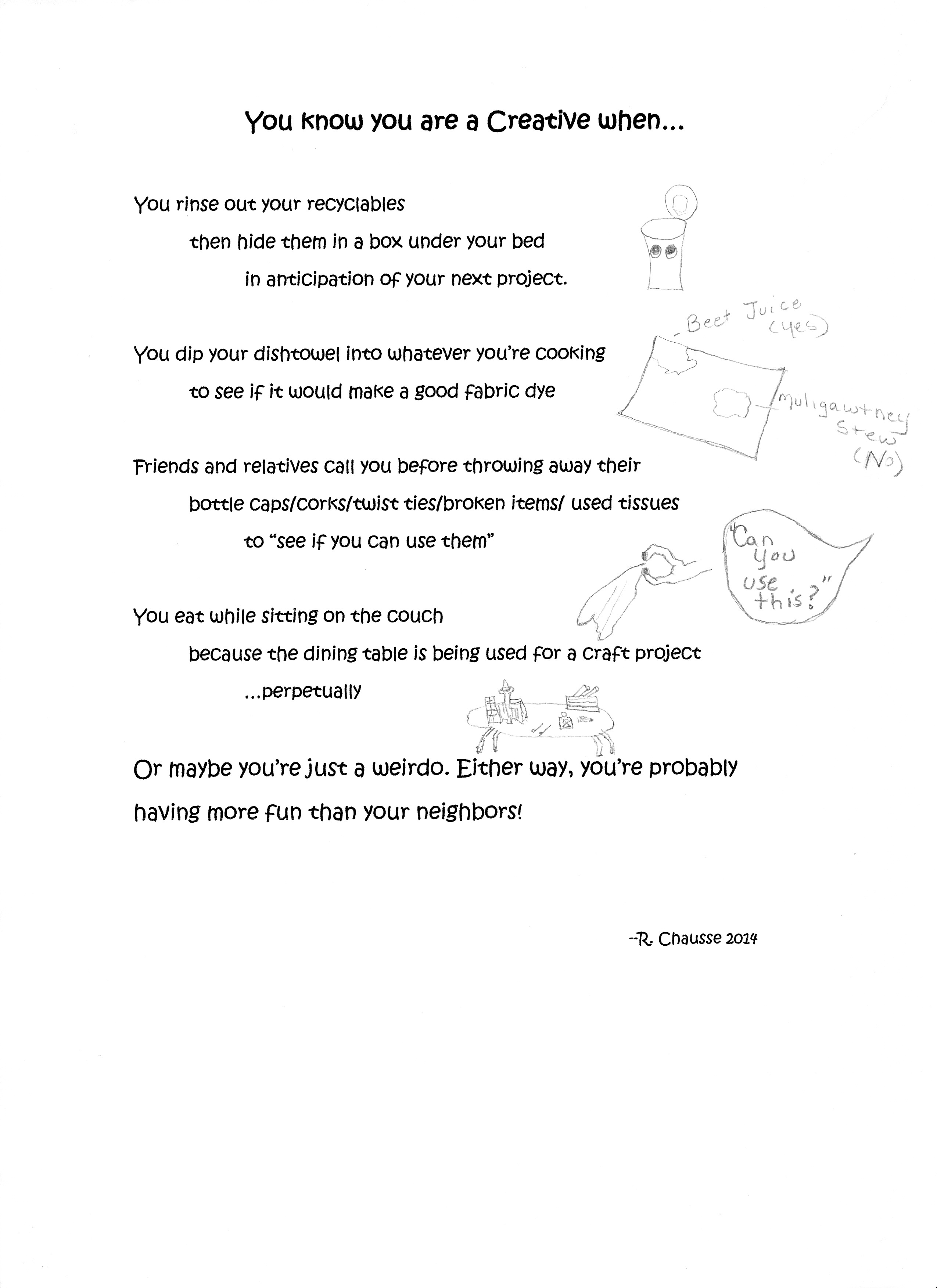What is your vision of the perfect life? Would you like to blend all of your favorite interests, pastimes, and talents into a profession you love waking up to? That is exactly what today’s guest is doing!
Please meet artist, photographer, and meteorologist Tori O’Shea: a fun-loving twenty-something who is combining all her favorite things into one amazing, creative life. She’ll be sharing five tips for taking up photography as a hobby, and we’ll tell you how to purchase her prints!
 About Tori:
About Tori:
I am a 25 year old meteorology student. Severe weather and art have both been my passions since I was a very small child; so small, in fact, that I don’t even remember when I decided that I wanted to chase storms. It’s been ingrained in my blood since before I formed memories. At two years old, I began drawing. I was always drawing; in fifth grade I got a detention for drawing in class. At twelve, my interest in photography came about. Throughout high school I took photo classes and my passion for it was set in stone. I realized that, of course, I could fuse my love of the lens in with my love of severe weather, and I’ve been chasing storms casually for photography purposes (and for my own love of simply watching them, of course) for almost eight years; however, I’ve been chasing seriously (with the intent of paving a road to a real career) for a little under a year now. I went full-on into it last year after I met a group of local storm chasers- new friends with the same passion as mine (this was amazing, as I have been so accustomed to being the only person I’ve ever met who’s wanted to do this with love for it since early childhood- and now I have a group of amazing, talented friends with the same love- a big shout out to Bryan, Mike, Christian, Andy, Corbin, Trey, and everyone else! The list is a tad too long to include in full here, but these people really lit a fire within me and inspired me to take myself to the next level) and I haven’t looked back since. In the future, I hope to be published in Arizona Highways and National Geographic, and I hope to work for a storm tour company or, at the very least, be able to work storm chasing into how I make a living in some way. To live entirely off of my passion is my aim and major focus right now for sure.
Museiddity: Hi Tori. In your opinion, how important is creativity in regards to daily life?
Tori: It is crucial. Sure, there’s a lot of times where all it takes to get a good shot is to set your camera up, make sure the settings are all correct and get to shooting- but this won’t help you make your “good shots” interesting. Creativity is where the human element meets the technicals; how does one go about combining their technical knowledge with their desire to make a beautiful piece of work? This is where the creativity comes in; without it, everyone’s work would be similar and in no way truly their own. It is our creativity that makes us individuals, from the way we dress to the way we choose to express ourselves. Without it, we’d all simply be cogs in a machine. A boring, boring machine. 
Museiddity: How has the camera lens changed your view of the world?
Tori: I’d have to say that it has made it more beautiful. I can see art and beauty in things that many people see only decay or danger in. I have a love for things like abandoned buildings and weather that can kill, a love for the darker side of human expression (like an image I  shot in an abandoned jail cell in Jerome, Arizona in which someone had spray-painted “IT WAS MORE FUN IN HELL” on the wall, or an image I shot that people continually tell me is “unsettling” of a brilliant piece of graffiti in Flagstaff of a small child staring upward at a large boulder hovering above their head), and I love it. Without the eye of an artist, I’d still appreciate beauty like any human being, of course- but I do feel that art and photography has turned an appreciation of beauty into a
shot in an abandoned jail cell in Jerome, Arizona in which someone had spray-painted “IT WAS MORE FUN IN HELL” on the wall, or an image I shot that people continually tell me is “unsettling” of a brilliant piece of graffiti in Flagstaff of a small child staring upward at a large boulder hovering above their head), and I love it. Without the eye of an artist, I’d still appreciate beauty like any human being, of course- but I do feel that art and photography has turned an appreciation of beauty into a  deeper understanding of why something is beautiful, even if it’s morbid or revolting. To someone else, it might be creepy, or weird, or even totally crazy, but as said by Hunter S. Thompson, “‘Crazy’ is a term of art; ‘Insane’ is a term of law. Remember that and you’ll save yourself a lot of trouble.”
deeper understanding of why something is beautiful, even if it’s morbid or revolting. To someone else, it might be creepy, or weird, or even totally crazy, but as said by Hunter S. Thompson, “‘Crazy’ is a term of art; ‘Insane’ is a term of law. Remember that and you’ll save yourself a lot of trouble.”
Museiddity: Many of the “masters” walked that gray line! It takes courage to share uncommon visions. What message, if any, are you trying to convey through your art?
Tori: I seldom try to convey any singular messages in particular, honestly- what I try to achieve is to tell a story that begins and ends in the same image. I want it to suck you in, draw you through, and safely drop you off at the end after ruffling your hair a bit.
Museiddity: I love that last line! You stated your work has been featured in a tattoo? There must be a story behind that!
Tori: Oh man! That IS a funny story in the sense that it was so unexpected; my senior year of high school, I was at Denny’s with a group of friends and I was drawing (as usual) on a napkin. It was the only thing available. Well, when I was younger (and admittedly, still now) I was a fan of a morbid cult comic book series called Johnny the Homicidal Maniac; in one particular issue, the main character says the phrase “Immortalize the moment!” while brandishing a pair of large knives at his date (I know, I know, don’t judge). I drew a machete-style knife with that phrase embedded in it, and set the napkin aside to draw on another one. I didn’t think much of it at all until my friend Matt showed me that he’d gotten that napkin drawing tattooed! He liked it so much that he put it on his body permanently- how cool is that?
Museiddity: Wow, I can’t even imagine how you felt when you saw that! Thank you for sharing your thoughts with us today. 
Tori’s Five Tips for Taking Up Hobby Photography:
1. Learn, learn and learn some more. I can’t state this enough. If you know the ins and outs of how your camera works, what each setting is and how it relates to each other setting, it will absolutely make all of the difference in your final work.
2. Once you’ve learned about the technical aspects- practice them! You can ace every test in your photography class, but without actually going out and working through real-life scenarios in studio and on site, you’ll never really know anything despite having learned it.
3. Watch your ISO. This is your film speed (in both digital and film photography), and it is one of the factors that determines how sensitive your lens is to light. This ties in with the above two, but for me, it’s worth mentioning alone. I call myself the queen of noise- many of my final images have a flaw, at least to me: they’re noisy! You ever notice the dull but colorful “fuzz” in some photos that were taken in low light? That’s noise, and with many of my weather images having been shot at night, I’m still learning about reducing noise. One of the major keys is to work on a low ISO and adjust your other settings to compensate for the slow “film” speed. Sure, you might have to finagle it a bit, but once you’ve nailed your ISO settings- it makes an enormous difference.
4. Always. Carry. A spare. SD card. Always. Carry it in your camera bag, or anywhere that isn’t inside your camera. Seriously. This is probably the most important tip I can give from personal experience. One time, I drove 45 miles out into the nothingness of the desert for a beautiful lightning storm only to be infuriated to discover my SD card was not in my camera. A few of my friends jokingly bought me several extra cards that year as a gift. Thanks, guys.
5. Always, always, always make sure your battery is charged. Always!! You never know when you’ll be on the move and you’ll need your camera. There’s nothing more disheartening than discovering your battery has 14% juice left and you’re shooting a wedding for the next five hours.
Connect with Tori O’Shea on Facebook
View her art at DeviantArt and RAW Artists
Buy Prints: To purchase Tori’s art, just contact her through Facebook or email her at copperstatestormchasing[at]yahoo.com.
 My entry is entitled “I’m Pretty Too!” A common moth, noticing human pre-occupation with butterflies, wants us to remember that every creature holds its own unique beauty. When we judge ourselves according to other people’s abilities or accomplishments, we become blind to what we ourselves have to offer.
My entry is entitled “I’m Pretty Too!” A common moth, noticing human pre-occupation with butterflies, wants us to remember that every creature holds its own unique beauty. When we judge ourselves according to other people’s abilities or accomplishments, we become blind to what we ourselves have to offer.


